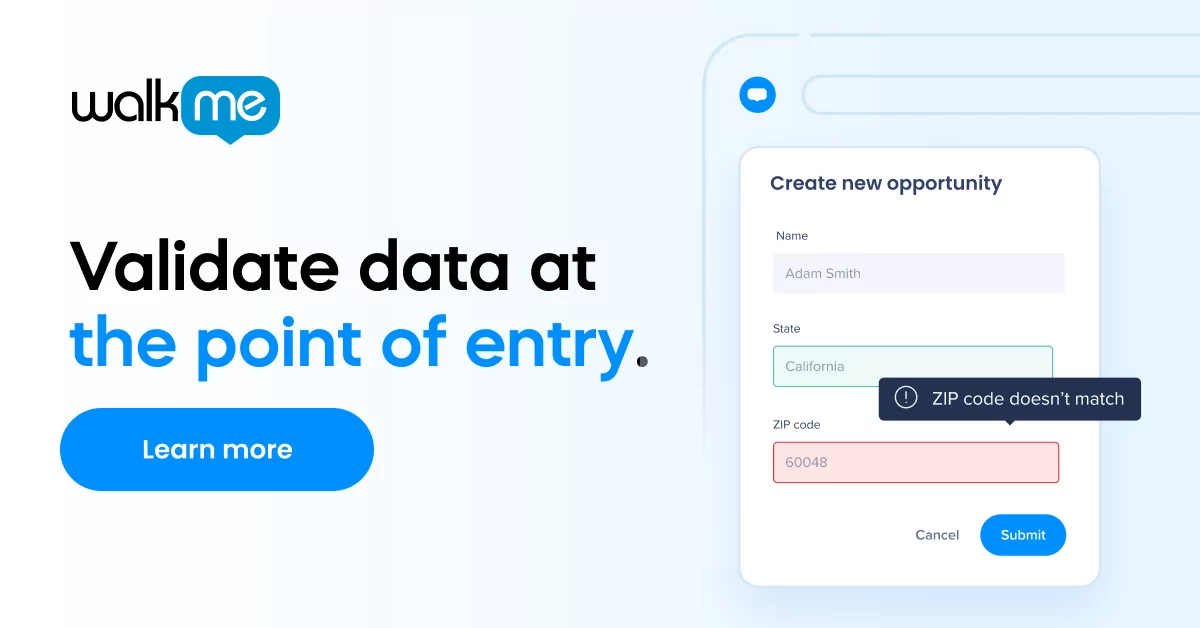A risk management framework takes a systematic approach to identifying, assessing, and mitigating business risks.
Below, we’ll learn what these frameworks are, how they work, and what to consider when putting them into practice.
Understanding the discipline of risk management
In business, risk is unavoidable.
Even standing still can be risky, especially in today’s volatile business world. After all, if the world is moving in a new direction, those that stand still are at the greatest risk of being left behind.
Organizations must take a systematic approach to minimizing any risk, whether that risk comes from action or inaction.
This is where the discipline of risk management comes in.
Among other things, risk management is designed to:
- Identify the range of potential risks facing an organization
- Balance those risks against their potential rewards
- Inform investment-related decisions
- Develop risk prevention, mitigation, and response plans
To be effective, risk management leaders must work closely with certain departments, such as compliance, corporate governance, and cybersecurity.
Types of risk
Business risks are potentials for loss that can negatively impact an organization’s health or operations.
These risks are compiled into a single picture, known as a risk profile. That profile will differ depending on the organization in question.
Some organizations will face greater risk from a certain direction than others. Government agencies tend to face different types of risks than private companies, while a company in the agriculture space will have a different risk profile than a technology firm.
Categories of risks include:
- Financial
- Legal
- Physical
- Intangible
- IT
- Operational
To effectively manage risks such as these, it is necessary to quantify, measure, and prioritize these risks, which is where risk management frameworks come in.
The core components of a risk management framework (RMF)
A risk management framework (RMF) is a step-by-step model designed to perform a set of key activities related to risk assessment, mitigation, and management.
RMFs focus on tasks such as:
Identifying potential risks. In this step, risk management professionals focus on a specific set of factors: threats, vulnerabilities, the impacts of potential risks, the likelihood of specific risks, and predisposing conditions that will affect the impact or likelihood of a particular risk.
Measuring risks. Once the risk has been identified and classified, managers can rank and prioritize risks in order to efficiently address the most pressing ones.
Developing risk mitigation plans. Risk mitigation plans will focus on preventing, eliminating, minimizing, or mitigating risks, beginning with high-priority risks. In some cases, risk is unavoidable and organizations will choose to accept it as part of a larger success.
Monitoring and reporting. Risk tracking and reporting is both a matter of safety and compliance. When attacks and breaches aren’t reported, they can reoccur and threaten the organization again in the future.
Governance. Finally, governance policies are designed to maintain compliance through actions such as policies, procedures, and role assignment.
One framework that is particularly popular was developed by the National Institute of Standards and Technology (NIST), part of the US Chamber of Commerce, which outlines an organization-wide approach to risk management that addresses three levels of risk:
- Organizational
- Mission/business processes
- Information systems
According to NIST, adequate risk management should encompass all of these levels.
Their RMF, which revolves around managing security and privacy risks, includes seven steps:
Preparation. Preparing involves tasks such as assigning roles and creating a risk management strategy for each of the three levels mentioned above.
Categorization. Tasks in this step include describing the characteristics of the information system and its security.
Select. During this stage, security controls are created and allocated.
Implement. Next, security and privacy controls are implemented and changes are documented.
Assess. Controls should then be assessed to ensure that they are operating efficiently and effectively.
Authorize. Senior managers review the system to determine its acceptability and either authorize or deny its use.
NIST’s framework tends to emphasize the importance of cybersecurity, which is unsurprising, given the ongoing digital transformation of the global economy. As the world becomes more digital, we can expect to see an even greater focus on cyber risk management.
Risk management in the digital era
In addition to the general RMF covered above, NIST also provides several documents that focus more specifically on cybersecurity and cyber risk management.
For instance, their Cybersecurity Framework Version 1.1 covers a set of steps to follow in order to achieve specific cybersecurity outcomes:
Identify. Understanding the potential cybersecurity risks that can impact the organization, its assets, its capabilities, and its people.
Protect. Create safeguards to maintain business continuity and continuous delivery of services.
Detect. Develop detection processes to discover incidents when they occur.
Respond. Create response plans, communication plans, analyses, and other strategies to invoke when incidents occur.
Recover. Implement plans to recover normal operations and reduce the impacts of cybersecurity incidents.
While this framework was designed by a US government agency, its foundation can prove useful to any organization, regardless of size or industry. As we move forward into the digital era and as digital strategy takes center stage, it will become increasingly important to mitigate cyber risks through systematic approaches such as those covered above.


